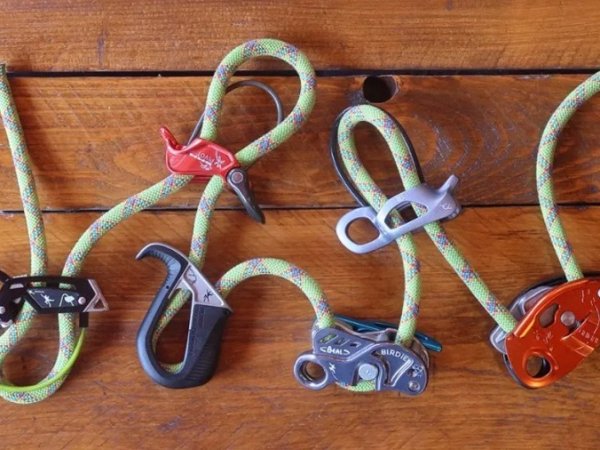Alike the rope, the belay device is the most important tool for the safety of a climbing group. To be blunt, there is no such thing as the ideal belay device; each model has its strengths and weaknesses. The best device is the one you've mastered in using it. Also, not all belay devices are suitable for every terrain or rope, and we'll explain why in a moment.
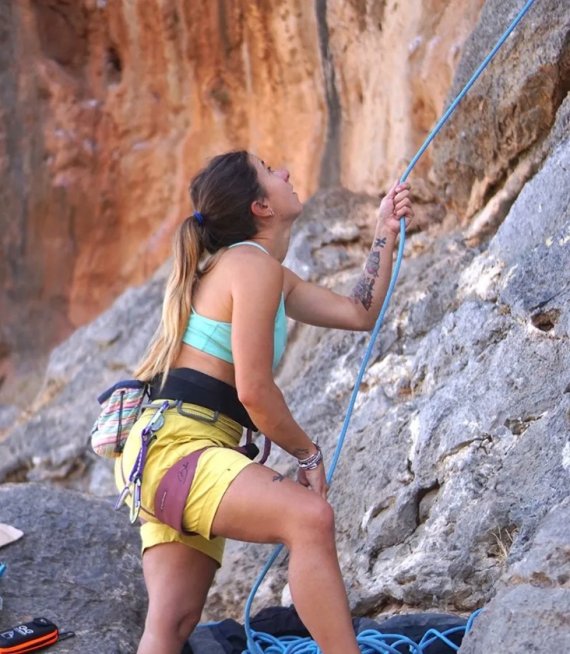
A "belay device" (or "brake") is an object that is used to slow the slipping of the rope when the climbing partner falls. Over time, belay devices have changed greatly, evolving into tools that simultaneously provide maximum safety and ease of use.
So let's start with a general classification that will serve to better define the different categories of belay devices currently on the market.
Currently, there are three main categories of belay devices:
- dynamic belay
- mechanically assisted belay
- manually assisted belay
Also called dynamic brakes, they are able to slow down the rope running off through the device, thus stopping the partner's fall. Their working principle is quite simple: they dissipate the energy of the fall into friction through the device. For this reason, it is more correct to refer to them as brakes rather than belay devices. This because the braking effect requires the belayer intervention. In other words, the rope is not braked by the device itself.
An important feature of all dynamic belay devices is that they can also be used for rappelling.
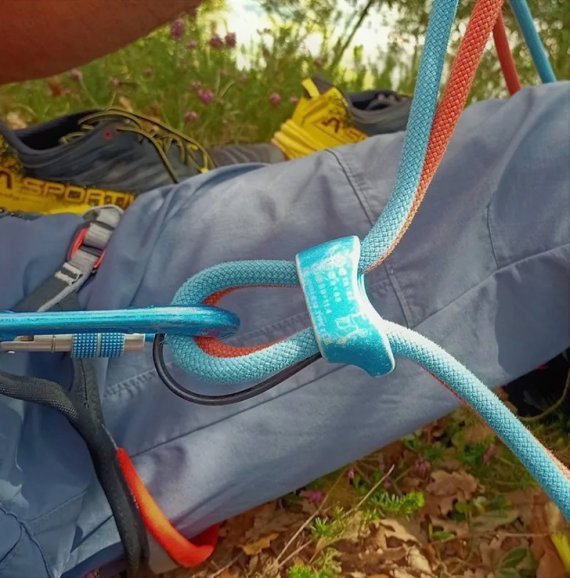
Dynamic belays fall into several categories: Eights and Tube
Eight devices: they are quite simple and intuitive to use.
- They allow for quick release of the rope when used to belay the leader.
- They can also be used to rappel the second rope team, but they do not block like other belay devices (e.g., plates) and do not allow simultaneous rappelling of two second rope teams.
- They can be used as a rappelling device.
- One of their best-known disadvantages is that they put a lot of stress onto the ropes by increasing their twisting.
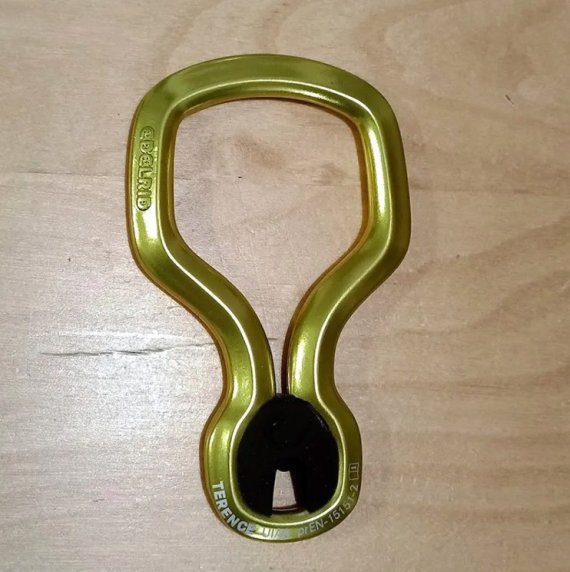
Tube devices:
- There are two major families, one of which evolved from the other. In its more advanced versions (e.g., Black Diamond Atc-Guide, Petzl Reverso, Beal Air Force 3), the Tube is perhaps the most popular device for dynamic belaying and allows recovery of even two ropes.
- The classic basic models (e.g., Petzl Verso, Black Diamond Atc, Beal Air Force, Camp Shell), on the other hand, offer more dynamic belaying with less braking action.
- Both versions allow for use as a descender.
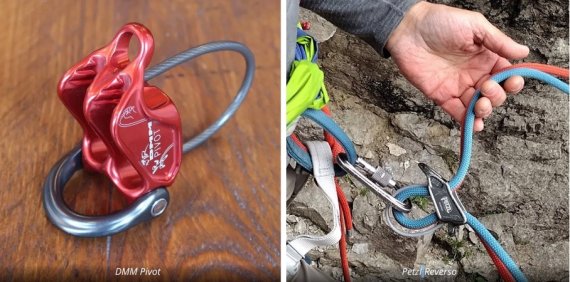
With the rapid development of sport climbing, a number of belay devices appeared on the market. They can be divided into two categories: mechanical or manually assisted belay devices.
The progenitor of the mechanical belay device category (also incorrectly referred to as "self-locking") is the well-known Grigri by Petzl, and the latest addition is the Birdie by Beal.
Manually assisted belay devices include, for example, the Mega Jul from Edelrid or the Click Up from Climbing Technology.
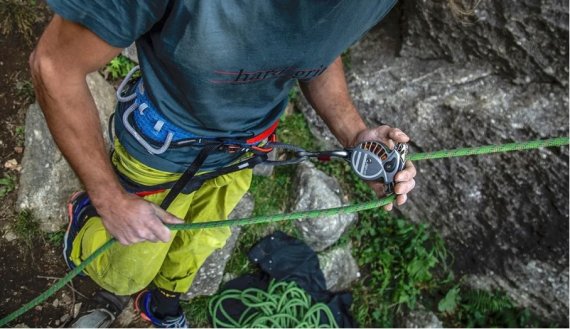
The difference is that the first category (mechanical) uses a mechanical element that blocks the rope, while the second category (manual) stop the rope by changing the inclination of the carabiner/ ripper system against the rope itself.
It must be emphasized that all tools belonging to these two categories of belay devices must never be considered "automatic"! They must always be used consciously, as these devices do not "do everything by themselves". As stated in all the instruction manuals:, they always require training and a certain degree of skill in their use.
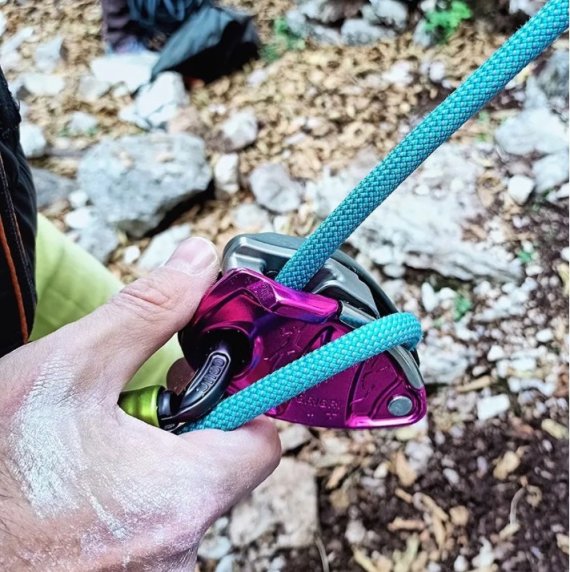
They are probably the most widely used devices in sport climbing and owe their success to the reliability with which they can block a fall. They are therefore best suited for less experienced climbers, as they facilitate belay maneuvers. But usually the safer they are in catching a fall, the more difficult they are in allowing more rope to the leader climbing.
The basic operation is the same for all models: blocking is done by a cam or a snap mechanism that pinches and blocks the rope in the event of a fall.
Important: Check if the diameter of your rope is compatible with the device!
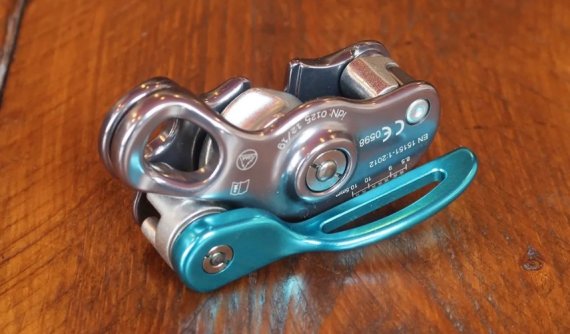
In this case, the blocking is done by changing the inclination of the device on the belay carabiner.
Theoretically, the rope will jam without the help of the belayer's braking hand. However, all manufacturers recommend using the device like a normal tube and always keeping the hand on the rope to be belayed.
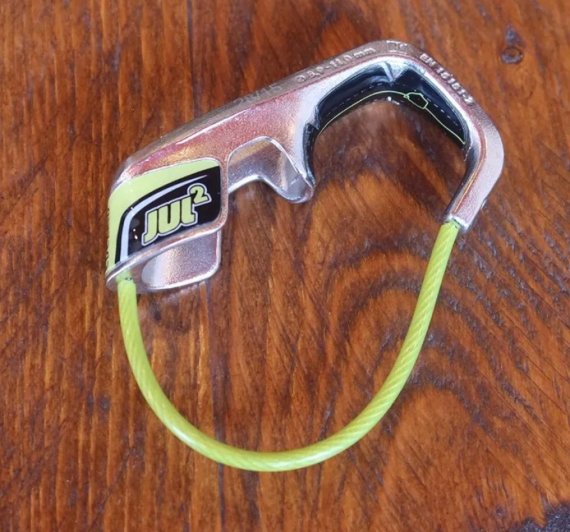
With these manual brakes, it is very easy and fast to give slack to leader climbing. This is their major advantage. In the event of a fall, it is possible also to slow down the fall by allowing the rope to slip under control through the device - only for advanced users.
However, more care and attention is required when rappelling with these devices than with a self-locking cam device. For these reasons, I would only recommend them to experienced belayers.
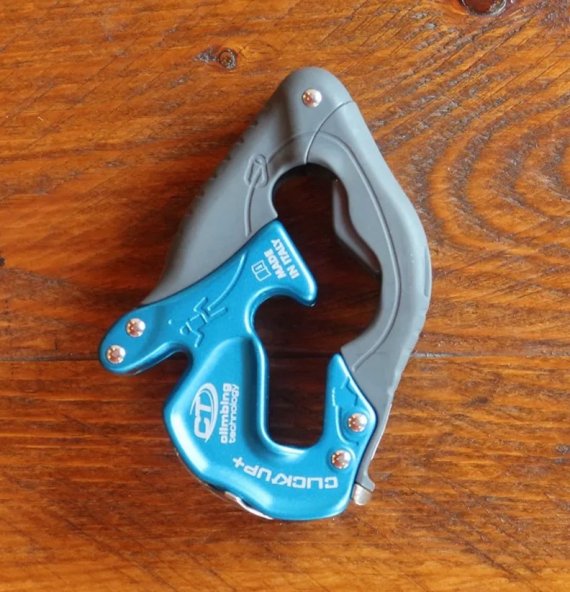
When mountaineering, a multifunctional device (e.g., Reverso) that is suitable either for both leadingand belayingthe second climber should be preferred.
YES: dynamic belay devices (figure of eight, bucket, Reverso)
YES: manual belay device with blocking aid (models compatible with half ropes)
NO: mechanical belay device with locking aid (too much stress over the protections on the wall)
When sport climbing on rocks, the use of dynamic brakes is not recommended to ensure timely arrest in the event of a fall.
YES: mechanical belay devices with assisted belay
YES: manual belay devices with assisted blocking
NO: dynamic brakes
For sport multi-pitch routes, all of them can be used, although multifunctional devices are preferable.
 SportsTechUnlocking the Future of Sports with AI
SportsTechUnlocking the Future of Sports with AI
- ISPO awards
- Mountain sports
- Bike
- Design
- Retail
- Fitness
- Health
- ISPO Job Market
- ISPO Munich
- ISPO Shanghai
- Running
- Brands
- Sustainability
- Olympia
- OutDoor
- Promotion
- Sports Business
- ISPO Textrends
- Triathlon
- Water sports
- Winter sports
- eSports
- SportsTech
- OutDoor by ISPO
- Heroes
- Transformation
- Sport Fashion
- Urban Culture
- Challenges of a CEO
- Trade fairs
- Sports
- Find the Balance
- Product reviews
- Newsletter Exclusive Area
- Magazine
